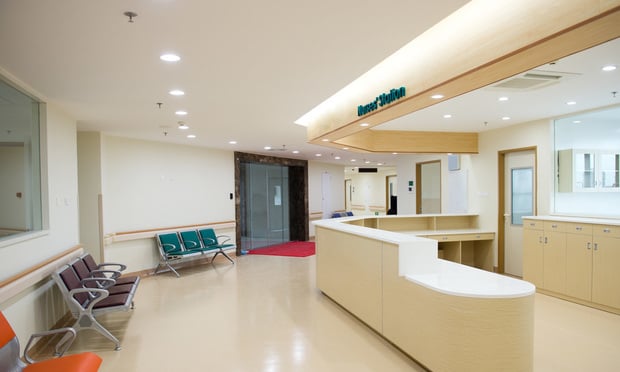MIAMI-The University of Miami Life Science and Technology Park signed its first tenant this spring, the university’s tissue bank, which is taking an 80,000-square foot space in the 1.6-million-square-foot park’s first 252,000-square-foot building. This first building, which will cost a little over $105 million to develop, is scheduled for completion in June 2011. The building will house wet and dry labs and office space.
The park’s developer, Wexford Miami, LLC, hopes to attract tenants from around the country and around the world by capitalizing on Miami’s appeal as a portal to Latin America and Europe, as well as its appeal to the domestic market, so it is ironic that the first tenant should be from the University of Miami.
But the newly-minted research park has a number of other prospective tenants, one a bio-technology company in Miami, which would relocate to the park, because it is licensing a technology discovered at the University of Miami Medical Center and executives there want to commercialize it. Another company, outside of South Florida, but in the Southeast, makes surgical devices. No lease has been signed yet, however, says Joseph A. Reagan, Jr., vice president and regional executive at Wexford Miami, LLC, which is part of Wexford Science & Technology, a privately-held, real estate investment and development company, based in Baltimore.
Wexford is trying to replicate some of the great research parks in the country where scientific research has been translated into commercial enterprises. Included among some of the research parks which Wexford has already developed are the University of Maryland Bio-Park in Baltimore, the University Technology Park at the Illinois Institute of Technology in Chicago and the Bio-Research and Development Growth Park at the Danforth Center in suburban St. Louis.
Plans for the Miami park include five buildings all located within the city’s growing health district, which is home to the University of Miami’s Miller School of Medicine and six hospitals.
Although Wexford, as a private company, is responsible for the building of the research park, it is trying to secure $60 million in tax-free bond financing through Miami-Dade County. On June 9th, the Miami-Dade County Commission’s Budget Planning and Sustainability Committee approved the Recovery Zone Facility Bond Financing for Wexford Miami. If the full commission gives final approval on July 8th, the park’s developer could go to the bond markets to finance part of the project.
“The county is the conduit for stimulus money,” says Reagan. “But Wexford, not the county, is financially responsible for the bonds,” he says. “If we get approval, we will take out a credit enhancement in the form of a letter of credit,” says Reagan. The proceeds from the bond issue will be used for construction of the core and shell of the first building and tenant improvements, in addition to the equity Wexford already put up, says Reagan.
“The interest on the bonds is tax exempt, so it is a little less expensive than conventional financing,” says Reagan. “Although we have to pay for the cost of issuing the bonds and the credit enhancement, it will still cost less than taking out a construction loan,” he says. “In this way, we can offer the building for a lower rent than we might have otherwise,” says Reagan.
Meanwhile, as Wexford waits to hear from the county, it has started the first building using $40 million in equity. Site work started in February and vertical construction began sometime in March, says Reagan. The company also had a commitment for a $60 million construction loan before it started the work. “If we receive the allocation, we won’t need the construction loan,” he says.
It is hard to compare research buildings like the one being built at the Science and Technology Park, to conventional office buildings, says Richard Schuchts, senior vice president at Jones Lang LaSalle in Miami, who is marketing the park. “The infrastructure built into these spaces will be different for different types of uses, so I can’t quote rates,” he says. “But typically, the tenants for these buildings have long-term leases because infrastructure costs are so high that it makes the most sense to have a minimum of ten years on a lease,” unless it is a start-up company which might be able to adapt to ready-made space, he says.
In addition to developing the research park, Wexford is planning to target the surrounding neighborhoods with construction contracts and jobs. The development of phase one of the park is projected to create more than 1,150 jobs directly or indirectly with an additional 2700-plus jobs created, directly or indirectly, as a result of ongoing operations. These projections come from a study by the Coral Gables-based Washington Economics Group, headed up by J. Antonio Villamil, the former US Under-Secretary of Commerce for Economic Affairs.
© Touchpoint Markets, All Rights Reserved. Request academic re-use from www.copyright.com. All other uses, submit a request to [email protected]. For more inforrmation visit Asset & Logo Licensing.






